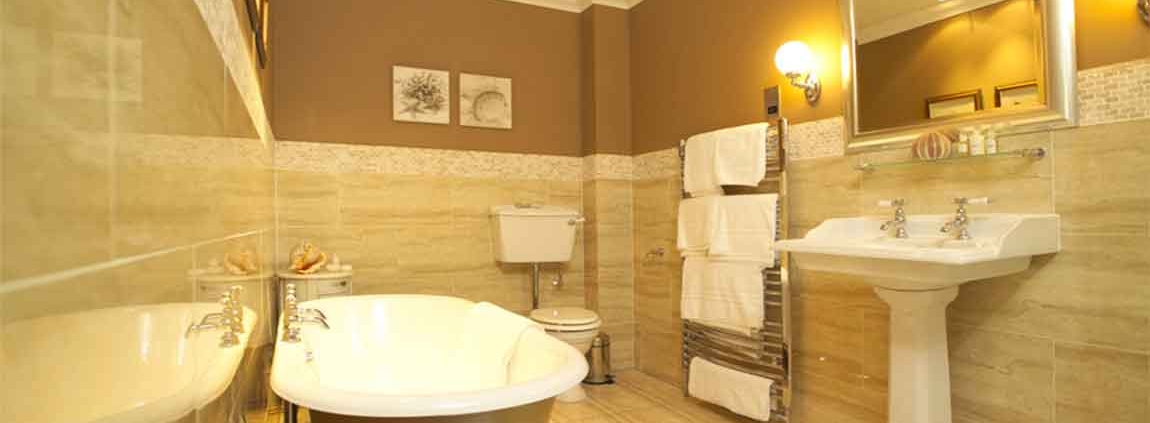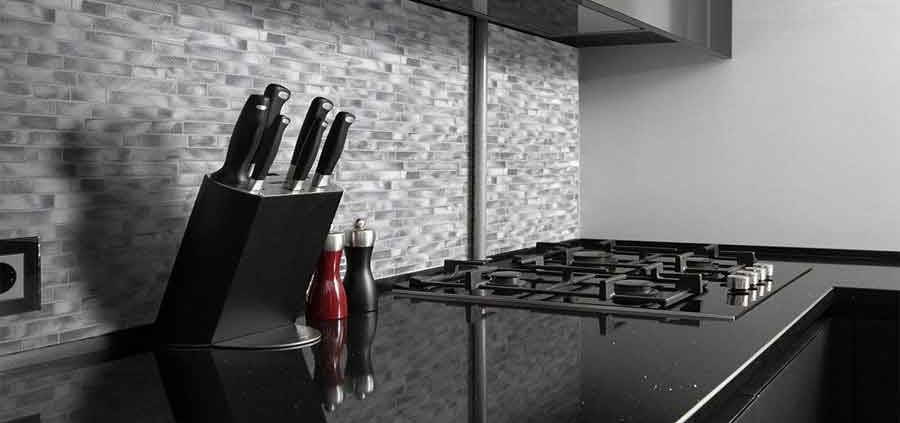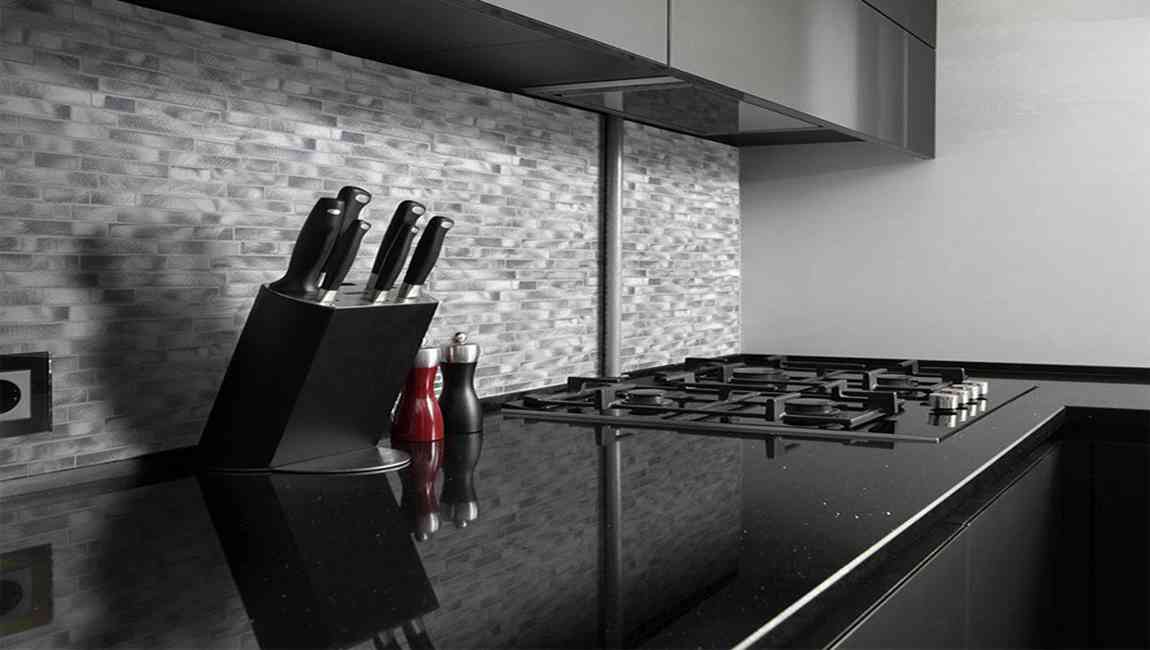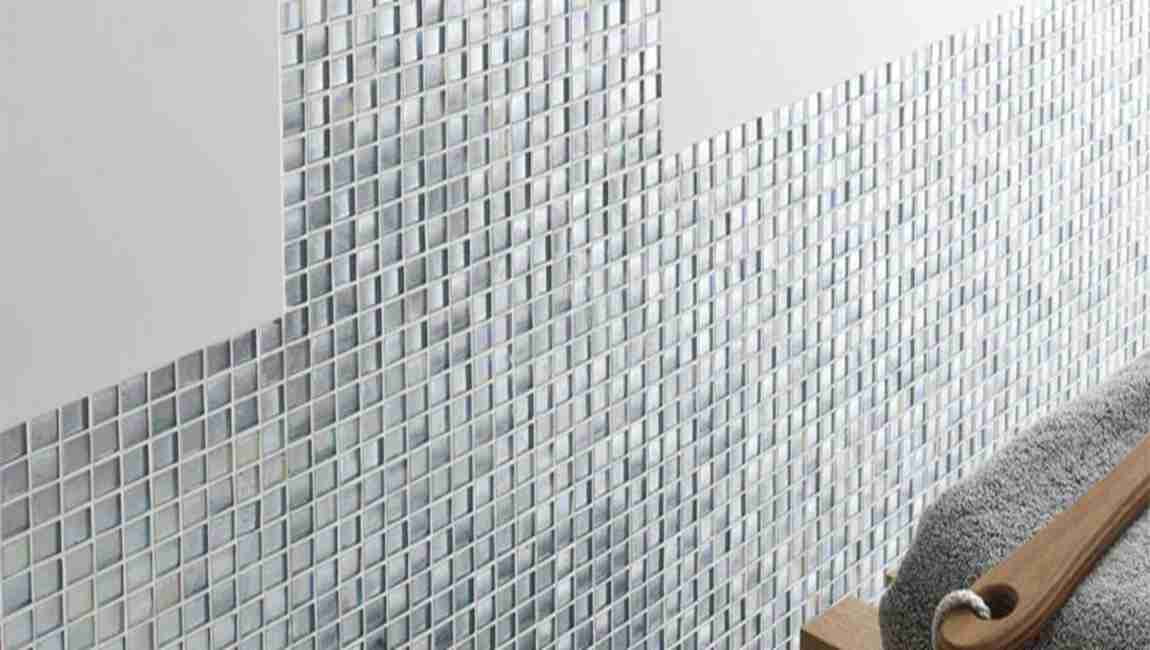How Waxing the Floor?
Follow manufacturer’s instructions if you are using a finish instead of a wax. Floor wax is a natural product that works into the pores of the wood. If you are trying to create a similar result using a synthetic finish, which bonds over the wood, you will need to follow the specific instructions that came with your product.
Polyurethane, the most common modern finish, should be stirred, then applied as quickly as possible and in one back and forth layer across the room, overlapping the previous stroke so you keep a wet edge. You should wear an organic vapor respirator mask and keep a fan blowing out a window while you work.
Sweep and mop your floor until it’s as clean as you can make it. Use a dust mop to pick up as much dust and as many small particles as possible. Anything you don’t get off the floor is likely to get caught in the wax, where it will stay until someone strips off the wax.
Use a new sponge mop or flat wax applier mop. Never use a used mop, even if it doesn’t look dirty. Sponge mops that have also been used for cleaning the floor are likely to introduce dirt into the wax, ruining the look.
Line the mop bucket with a garbage bag and fill with floor wax. The trash bag prevents the wax from caking onto the mop bucket and ruining it for future uses. If you are using a flat wax applicator mop, you can skip this step. Those mops are designed to have the wax poured directly onto the mesh backing on the upper side.









